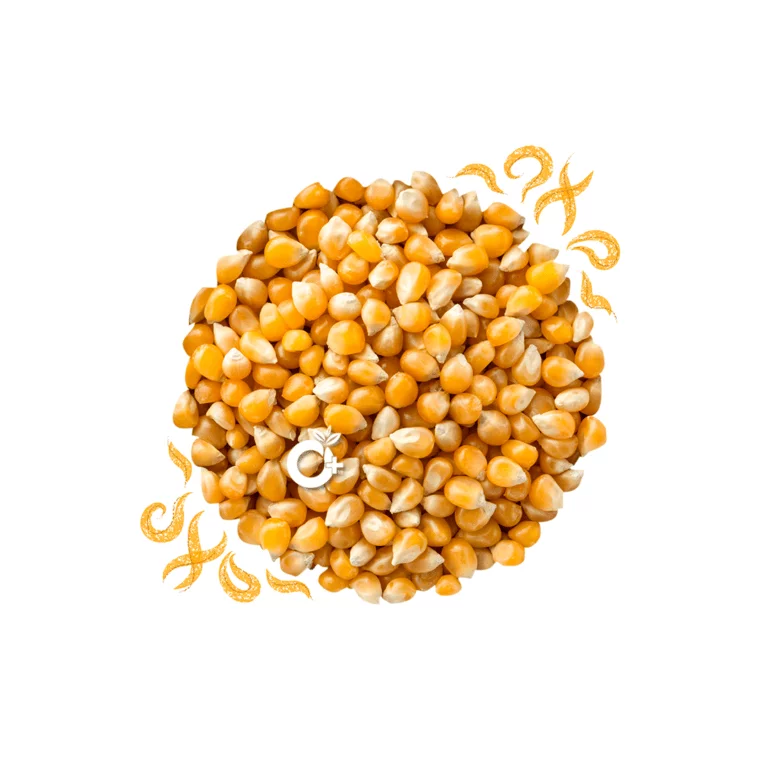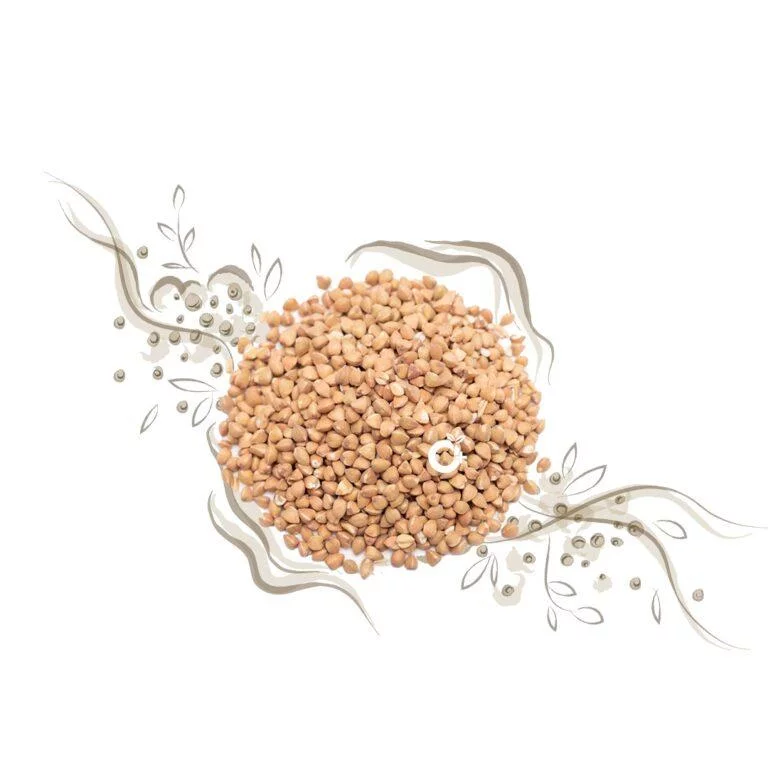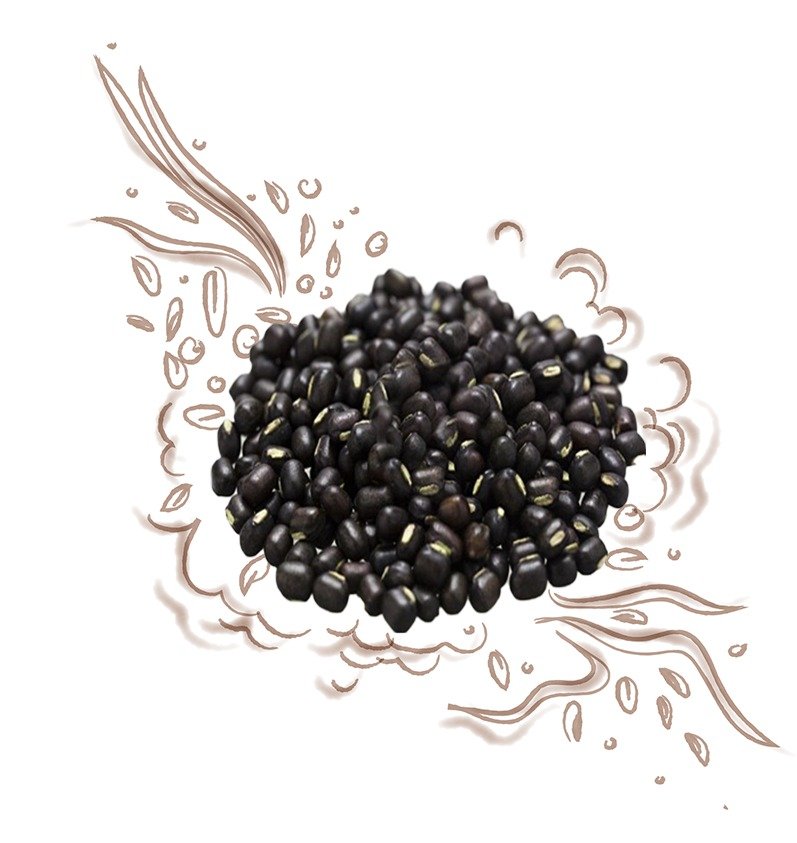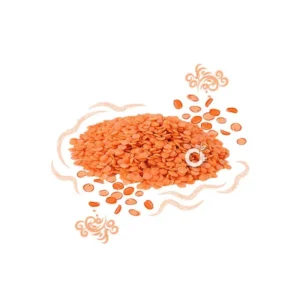Description
Origin and History
Maize (Zea mays), commonly known as corn, traces its origin to Mesoamerica — specifically present-day Mexico — where it was domesticated over 9,000 years ago. Archaeological evidence suggests it evolved from a wild grass called teosinte. From there, maize spread across North and South America, becoming a staple in indigenous diets.
By the late 15th century, maize traveled to Europe, Asia, and Africa through trade routes and colonization, adapting to different climates and culinary traditions. In India, maize is believed to have been introduced by Portuguese traders in the 16th century and quickly became an important kharif crop. In South India, especially Tamil Nadu and Karnataka, cholam porridge, rotis, and snacks became part of everyday diets.
Today, maize is the third most cultivated grain globally after wheat and rice, not only for human consumption but also as livestock feed and in various industries.
Why Choose Maize?
-
Versatility in Cooking – Maize can be eaten fresh, roasted, boiled, or milled into flour for rotis, porridges, and snacks.
-
Nutrient Density – A rich source of carbohydrates, protein, fiber, vitamins, and minerals.
-
Naturally Gluten-Free – Suitable for people with gluten intolerance or celiac disease.
-
Sustainable Crop – Requires less water than rice, making it environmentally friendly in drought-prone areas.
-
Digestive Support – High fiber helps maintain gut health and regular bowel movement.
-
Long Shelf Life – When dried and stored properly, maize can last for months without losing quality.
Nutritional Value (per 100g, Raw)
| Nutrient | Amount |
|---|---|
| Energy | 365 kcal |
| Protein | 9.4 g |
| Carbohydrates | 74 g |
| Dietary Fiber | 7.3 g |
| Fat | 4.7 g |
| Iron | 2.7 mg |
| Magnesium | 127 mg |
| Potassium | 287 mg |
| Vitamin B1 (Thiamine) | 0.39 mg |
| Folate | 19 mcg |
Nutritional Value (per 100g, Cooked)
| Nutrient | Amount |
|---|---|
| Energy | 96 kcal |
| Protein | 3.4 g |
| Carbohydrates | 21 g |
| Dietary Fiber | 2.4 g |
| Fat | 1.5 g |
| Iron | 0.5 mg |
| Magnesium | 37 mg |
| Potassium | 90 mg |
Research-Backed Health Benefits
-
Heart Health – Rich in potassium, magnesium, and antioxidants for better blood pressure and cholesterol control (NCBI Study).
-
Digestive Wellness – Fiber aids in bowel movement and supports beneficial gut bacteria.
-
Blood Sugar Management – Moderate glycemic index and resistant starch support healthy glucose levels.
-
Eye Protection – Lutein and zeaxanthin protect against age-related macular degeneration.
-
Weight Management – Fiber and protein promote satiety, preventing overeating.
Ayurvedic Insight
In Ayurveda, maize is classified as madhura rasa (sweet taste), guru guna (heavy), and ushna virya (warming). It strengthens muscles, supports energy levels, and is recommended for athletes and active individuals. Consuming maize with ghee, cumin, and ajwain improves digestion and balances vata and kapha doshas.
Best Cooking Practices for Maximum Nutrition
-
Soaking before cooking reduces anti-nutrients like phytates.
-
Sprouting increases antioxidant and vitamin C content.
-
Fermentation in dishes like dhokla or kali boosts digestibility.
Popular Recipes:
-
Boiled corn on the cob with lemon and salt
-
Makki ki roti with sarson ka saag
-
Sweet corn soup and salads
-
Cornmeal porridge (kali or upma)
Storage Tips
-
Keep in airtight containers in a cool, dry place.
-
Sun-dry if storing for extended periods to avoid moisture.
-
If pests appear, simply clean and sun-dry — they are far less harmful than chemical pesticide residues.
Conclusion
Maize is not just a grain — it is a bridge between ancient tradition and modern nutrition. From its humble beginnings in Mesoamerica to its central role in Indian kitchens, maize continues to be a sustainable, nutrient-rich, and versatile food choice.
Why Choose Pesticide-Free Maize?
-
Grown without harmful chemicals
-
Naturally flavorful and nutrient-rich
-
Supports sustainable farming and farmer livelihoods











Reviews
There are no reviews yet.